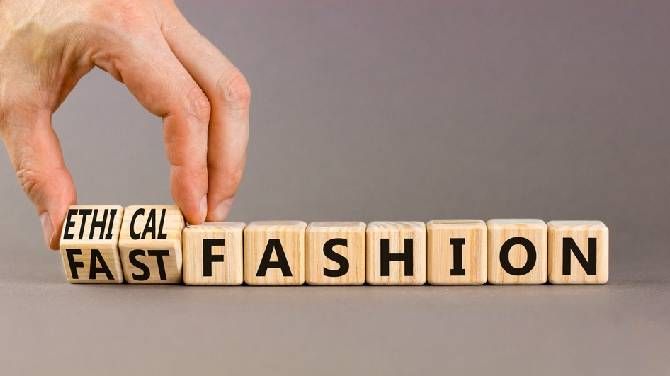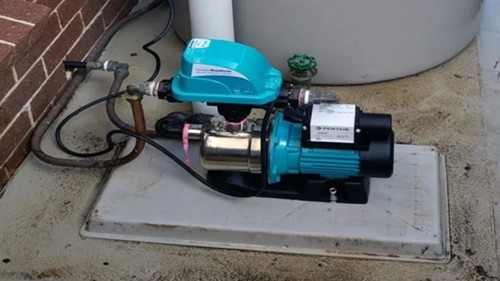The fashion world is shifting. What once revolved purely around seasonal trends is now being shaped by deeper values—heritage, responsibility, and authenticity. Among this transformation, ethical fashion brands have emerged as storytellers. They do more than create garments; they weave narratives that connect the artisanship of the past with the expectations of today’s conscious consumer.
This movement extends far beyond what we wear—it’s about protecting cultural roots while moving forward with innovation. The craftsmanship of hand-spun fabrics, plant-based dyes, and indigenous artistry is reimagined through modern silhouettes and precise tailoring. The result is clothing that feels timeless yet modern, ethical yet luxurious. Beyond the aesthetics, these choices highlight a collective desire to live more thoughtfully, where every garment purchased becomes an investment in people, craft, and the environment.
This blog explores how these brands balance tradition with design, and why their approach is rewriting the future of style.
Honoring Craftsmanship and Heritage
At the heart of ethical fashion lies craftsmanship. Generations of artisans carry forward techniques that were once central to community identity. Hand weaving, hand dyeing, and block printing aren’t just processes—they are living traditions. By collaborating with craftspeople, ethical labels ensure these skills don’t fade away in the noise of industrial manufacturing.
The deliberate pace of these practices also contrasts with fast fashion. It’s about slow, careful creation—garments that hold meaning because of the stories behind them. When an artisan’s hand guides every thread, the final piece becomes more than fabric; it transforms into cultural memory, stitched into every fold. Supporting such practices also empowers communities, allowing them to sustain their livelihoods while keeping traditions alive.
Modern Design as a Bridge
While heritage techniques ground ethical fashion, design innovation allows these pieces to thrive in the contemporary world. Minimalist tailoring, versatile silhouettes, and thoughtful detailing make traditional methods feel relevant to today’s wardrobe.
Take the way a handwoven fabric might be shaped into a sharply cut blazer or a relaxed summer dress. Tradition provides depth, while design provides wearability. This balance makes the garments approachable for a global audience without diluting their authenticity. It forms a connection between timeless heritage and contemporary living—a space where luxury and responsibility coexist. The beauty lies in how effortlessly these designs transition from boardrooms to casual outings, proving that ethical fashion is not restrictive but versatile.
The Role of Materials in Ethical Luxury
Fabric choice defines the character of a garment. Ethical labels rely on materials that respect both people and the planet. Natural fibers, handloom textiles, and eco-friendly processes form the backbone of their collections.
The growing focus on eco-conscious textiles is also linked to the identity of a sustainable fashion brand. Organic cotton, handspun khadi, and naturally dyed silks are not just fabrics; they represent an intention to reduce harm while elevating luxury. These materials feel softer on the skin, breathe better, and often age beautifully—traits that add to their appeal as investment pieces. Choosing such fabrics demonstrates that sustainability and elegance can coexist seamlessly.
Sustainable Clothing and Timeless Wardrobes
A core philosophy of ethical fashion is longevity. Unlike mass-produced garments that fall apart within seasons, pieces rooted in craftsmanship and natural materials are designed to last.
This is where sustainable clothing takes center stage. By valuing durability and timeless design, ethical labels encourage customers to buy fewer but better pieces. A handwoven jacket, for example, can transition seamlessly across years, remaining relevant regardless of changing fashion cycles. The clothing becomes part of a personal wardrobe story—cherished, repaired, and passed down. The idea of timelessness also shifts the mindset from trend-chasing to investing in pieces that reflect personal identity and values.
Storytelling Through Design
Ethical fashion isn’t only about appearance; it’s about the story behind every piece. Each garment reflects the voices of artisans, the spirit of their regions, and the depth of their traditions. The patterns might recall a local tradition, while the dyeing technique might connect to centuries-old rituals of working with plants.
This storytelling makes fashion personal. When someone wears a hand-stitched garment, they don’t just wear clothing; they carry the spirit of its makers. Luxury, in this context, is not about excess—it’s about authenticity, depth, and the invisible thread that ties people across time and culture. Each piece becomes a conversation starter, a reminder that clothing can be both beautiful and meaningful.
Global Recognition of Ethical Luxury
Across the globe, the awareness around conscious fashion is growing. People are beginning to question: Who is behind the making of my clothes? Where did this fabric come from? What values does this garment represent? Ethical brands answer these questions not with marketing spin but with genuine practices.
They are building visibility for artisans in global fashion weeks, luxury boutiques, and editorial spreads. The merging of heritage with sleek design has proven appealing not only for conscious buyers but also for those seeking exclusivity. After all, no two handmade pieces are identical—every garment carries its own soul. This uniqueness enhances their value, showing that luxury is not about mass production but about rarity, responsibility, and care.
Conclusion
The rise of ethical fashion brands marks a new chapter for style—one where modern design doesn’t erase tradition but celebrates it. By merging artisanal craft with contemporary silhouettes, they create clothing that feels luxurious, relevant, and deeply responsible.
11.11 (Eleven Eleven) lives this philosophy, blending age-old textiles with refined tailoring to define what conscious luxury truly means. Through carefully made pieces, including organic clothing and timeless designs, it reflects what true ethical fashion represents: a bridge between the past and the future. For individuals who desire elegance with authenticity, ethical fashion brands like this demonstrate that style and purpose can walk hand in hand.










